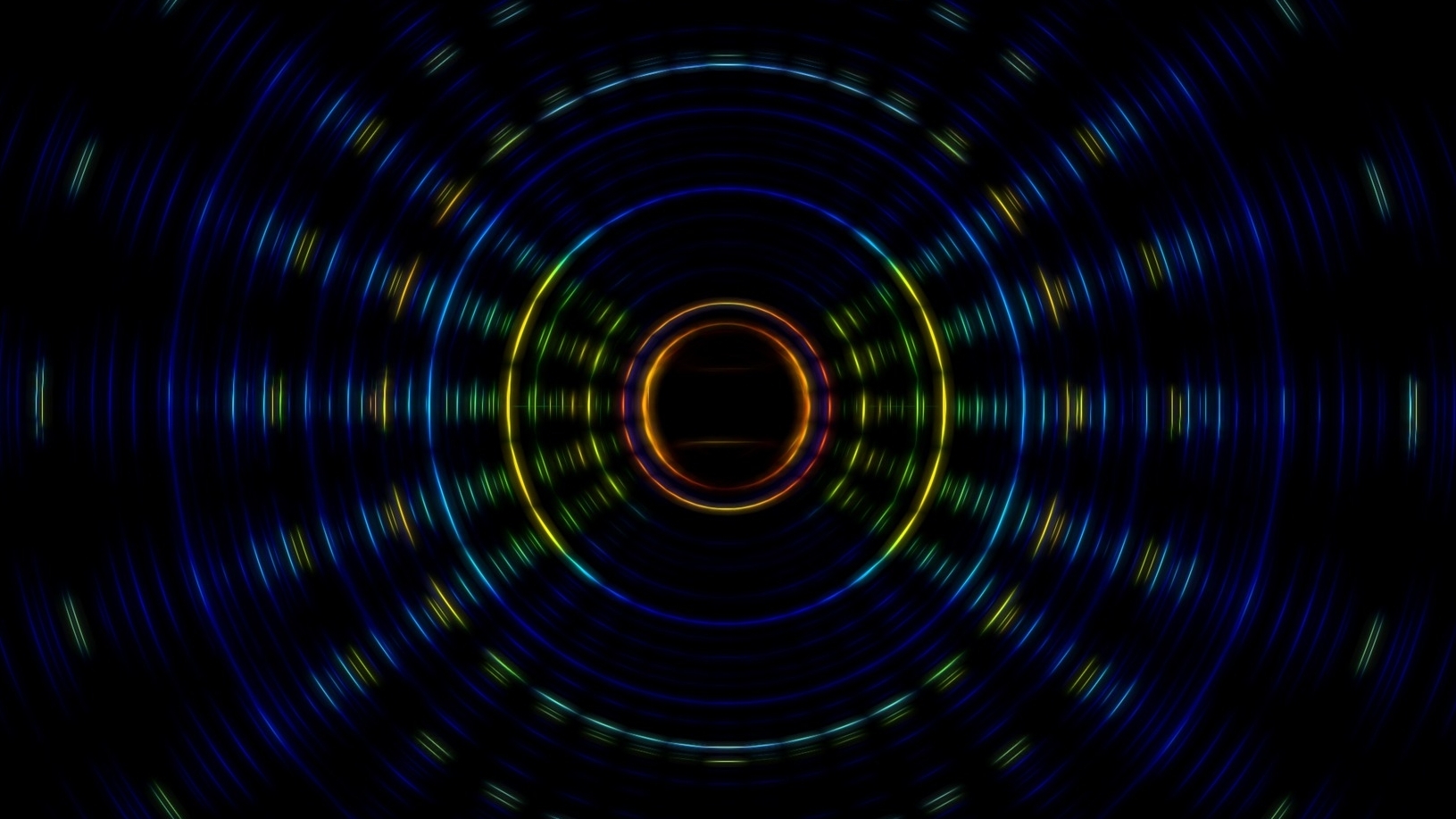Our solar system moves through space at high speed. On its journey, small traces of interstellar material can penetrate and reach Earth. An international team led by the Helmholtz-Zentrum Dresden-Rossendorf (HZDR) has examined deep-sea sediment samples taken around 1000 kilometers off the south-western tip of Australia.
Their result: the Earth has been moving through an interstellar cloud for at least 33,000 years and continuous input of cosmic dust has now been detected in these sediments.
The main focus was on the content of a very special isotope in the sediment layers examined: iron-60, which is produced when massive stars die in supernova explosions. It practically does not occur naturally on Earth. Iron-60 itself is radioactive and has almost completely decayed after around 15 million years and is therefore no longer detectable. Iron-60 present on Earth must therefore be of much younger origin than the approximately 4.6 billion year old Earth. Presumably a relatively close supernova produced the iron-60 in the last million years, which then found its way to the sea floor and into the sedimentary deposits.
Analyses were indeed able to detect iron-60 in the sediments examined, but in extremely low concentrations. Over the past 33,000 years, a total of only 60 grams of iron-60 from the stardust had fallen over the entire Earth. The observed distribution of iron-60 in the sediment can be assigned to individual epochs and testifies to the most recent journey of our solar system through the local interstellar cloud. However, it is still unclear whether the detected iron-60 possibly originates from older supernova explosions. Further measurements of iron-60 are necessary to investigate these new questions.


